Nuclear Magnetic Resonance Spectrometer Questions and Answers
1. NMR spectroscopy is used for determining structure in which of the following materials?
a) Radioactive materials
b) Insoluble chemical compounds
c) Liquids
d) Gases
Answer: c
Explanation: NMR spectroscopy is used for determining structure in liquids. It is also used for determining the structure in soluble chemical compounds.
2. NMR is the study of absorption of __________ by nuclei in a magnetic field?
a) Radioactive radiation
b) IR radiation
c) Radio frequency radiation
d) Microwaves
Answer: c
Explanation: NMR is the study of absorption of radio frequency radiation by nuclei in a magnetic field. For a particular nucleus an NMR absorption spectrum may consist of one to several groups of absorption lines.
3. NMR spectrometer provides ____________ and _____________ method of determining structure in soluble chemical compounds.
a) Accurate, destructive
b) Accurate, non-destructive
c) Inaccurate, destructive
d) Inaccurate, non-destructive
Answer: b
Explanation: NMR spectrometer provides accurate and non-destructive method of determining structure in soluble chemical compounds. For a particular nucleus an NMR absorption spectrum may consist of one to several groups of absorption lines.
4. NMR spectroscopy indicates the chemical nature of the __________ and spatial positions of
_______
a) Electrons, Protons
b) Neutrons, electrons
c) Nuclei, electrons
d) Nuclei, neighbouring nuclei
Answer: d
Explanation: NMR spectroscopy indicates the chemical nature of the nuclei and spatial positions of neighbouring nuclei. It is one of most powerful techniques for chemical analysis.
5. In NMR spectroscopy, the spinning nuclei in strong magnetic field must be irradiated by which of the following?
a) Perpendicular and stronger field
b) Perpendicular and weaker field
c) Parallel and stronger field
d) Parallel and weaker field
Answer: b
Explanation: In NMR spectroscopy, the spinning nuclei in strong magnetic field must be irradiated by a weaker field which is perpendicular to it. This permits the identification of atomic configurations in molecules.
6. Interaction between matter and electromagnetic radiation can be observed by subjecting a substance to magnetic fields in which of the following manner?
a) Both fields should be stationary
b) Both fields should be varying
c) One field should be stationary and the other should be varying
d) It must be subjected to only one field
Answer: c
Explanation: Interaction between matter and electromagnetic radiation can be observed by subjecting a substance to two magnetic fields. One magnetic field must be stationary and the other field must be varying at some radio frequency.
7. When energy is absorbed by the sample, the absorption can be observed as a change in signal developed by which of the following components?
a) Amplifier
b) Photodetector
c) GM counter
d) Radiofrequency detector
Answer: d
Explanation: When energy is absorbed by the sample, the absorption can be observed as a change in signal developed by radiofrequency detector. It is then given to an amplifier.
8. Which of the following are considered to be the lowest form of Electromagnetic radiation?
a) IR radiation
b) Micro waves
c) UV radiation
d) Radio waves
Answer: d
Explanation: Radio waves are considered to be the lowest form of Electromagnetic radiation. NMR uses radio frequency radiation for detection of structure of substances.
9. The amount of energy available in radio frequency radiation is sufficient for which of the following?
a) Excite an atom
b) Vibrate an atom
c) Vibrate a molecule
d) Affect the nuclear spin of an atom
Answer: d
Explanation: The amount of energy available in radio frequency radiation is sufficient for affecting the nuclear spin of an atom. It constitute the most fundamental part of spectroscopy.
10. Nuclei having either the number of protons or neutrons as odd have _______ spin.
a) Integral spin
b) Half integral spin
c) Zero spin
d) Positive spin
Answer: b
Explanation: Nuclei having either the number of protons or neutrons as odd have half-integral spin. Examples are H1 and B11.
11. If the number of protons or neutrons is even the spin of the nucleus will be which of the following?
a) Integral spin
b) Half integral spin
c) Zero spin
d) Positive spin
Answer: c
Explanation: If the number of protons or neutrons is even the spin of the nucleus will be zero. Examples are C12 and O16.
12. The difference between the field necessary for resonance in the sample and in some arbitrary chosen compound is which of the following?
a) Field shift
b) Matrix effects
c) Chemical shift
d) Resonance shift
Answer: c
Explanation: The difference between the field necessary for resonance in the sample and in some arbitrary chosen compound is called as chemical shift. Chemical shift is expressed in parts per million.
13. Chemical shift allows a chemist to obtain the idea of how atoms are joined together.
a) True
b) False
Answer: a
Explanation: Chemical shift allows a chemist to obtain the idea of how atoms are joined together. It is also possible to know the number of particular atoms present in a molecule.
14. Elementary particles such as electrons and nucleus have the property of spin.
a) True
b) False
Answer: a
Explanation: Elementary particles such as electrons and nucleus have the property of spin. They are known to behave as if they rotate about an axis.

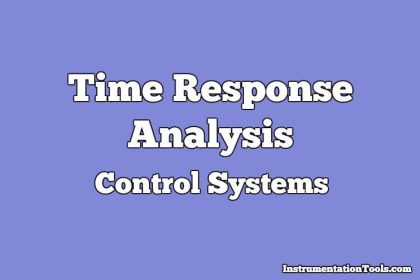


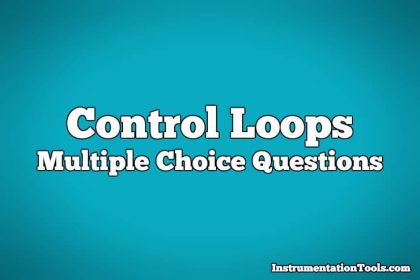
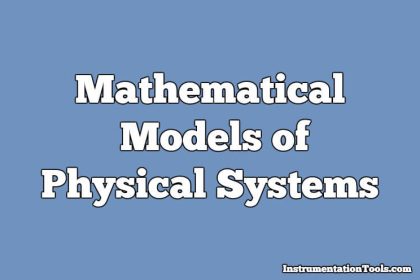

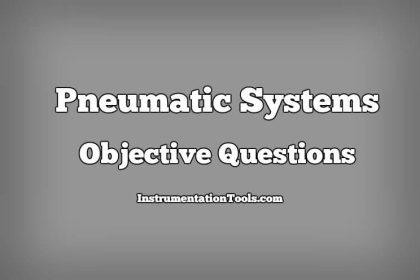
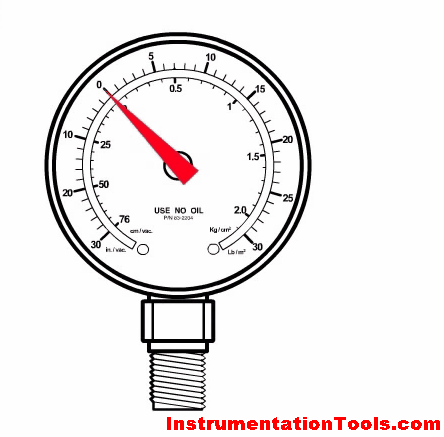
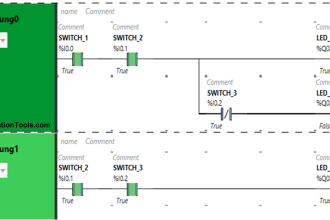
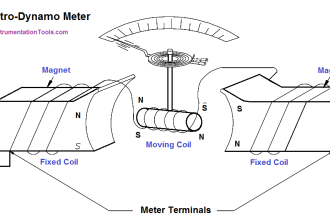
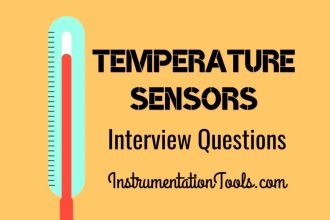
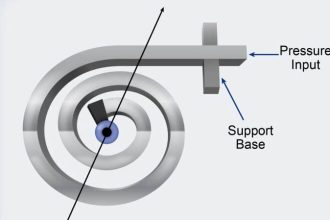

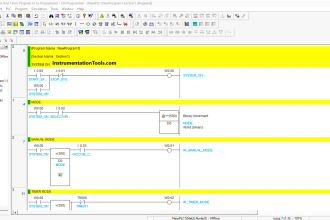


Perfect